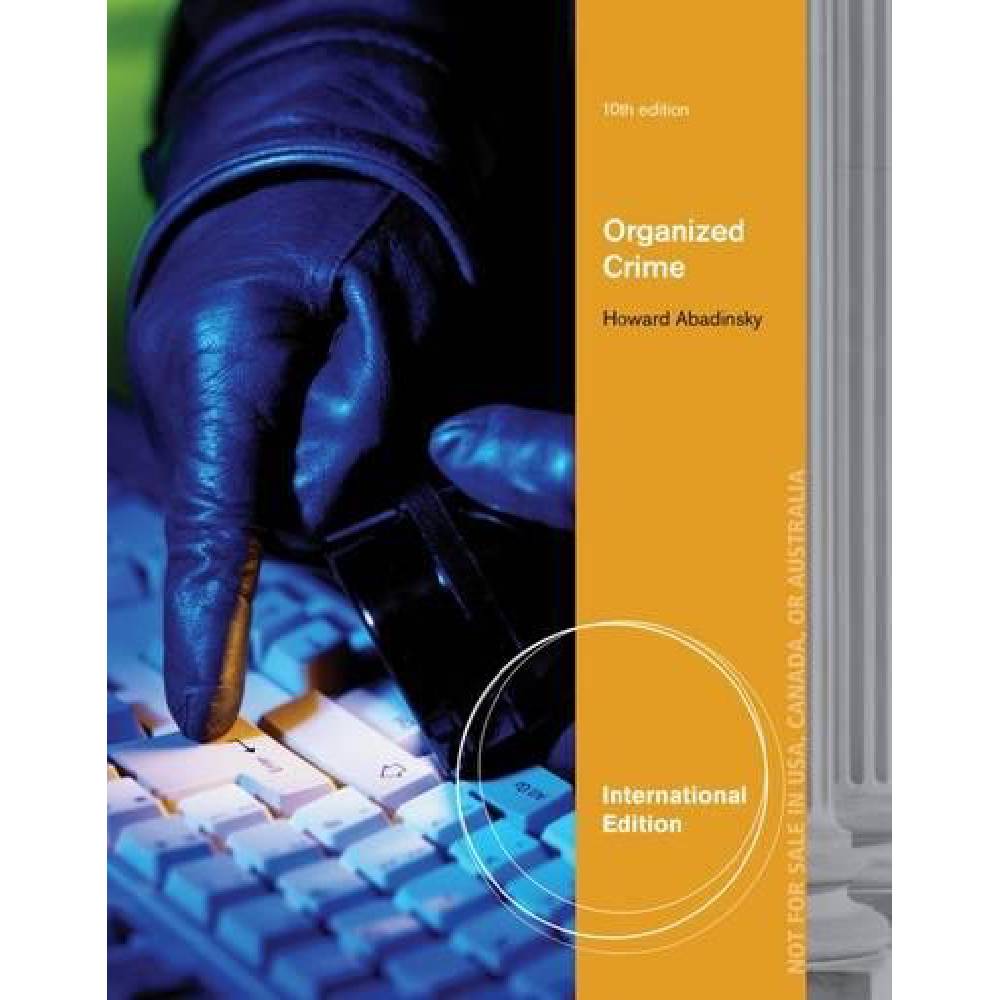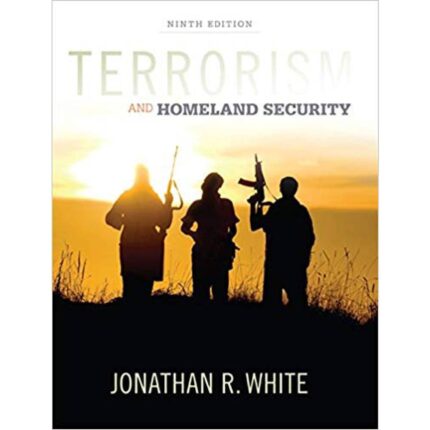CHAPTER TWELVE
Organized Crime and Drug Trafficking
Test Bank
MULTIPLE CHOICE
1. The earliest “war against drugs” in the United States was in response to:
a. opium
b. cocaine
c. marijuana
d. LSD
ANS: A LO: 2 REF: 279
2. Around the turn of the eighteenth century, a German pharmacist poured liquid ammonia over opium and obtained an alkaloid, a white powder that he found to be many times more powerful than opium. He named the substance:
a. heroin
b. morphium
c. marijuana
d. ecstasy
ANS: B LO: 2 REF: 279
3. At the turn of the twentieth century, diacetylmorphine was synthesized, creating the most powerful of the opiates, __________, marketed as a nonhabit-forming analgesic to take the place of morphine.
a. heroin
b. morphium
c. marijuana
d. opium
ANS: A LO: 2 REF: 279
4. Opiates, including morphine and heroin, were readily available in the United States until:
a. 1900
b. 1910
c. 1914
d. 1929
ANS: C LO: 2 REF: 279
5. The American response to drugs in the twentieth century was directly related to international affairs and trade with:
a. Afghanistan
b. Pakistan
c. Japan
d. China
ANS: D LO: 4 REF: 280
6. In 1887, Congress responded to obligations imposed on the United States by a Chinese-American commercial treaty by banning the importation of _________ by Chinese subjects.
a. opium for smoking
b. marijuana
c. barbiturates
d. morphine
ANS: A LO: 2 | 3 | 4 REF: 281 | 282
7. In 1901, Congress enacted the __________, which prohibited the sale of alcohol and opium to “aboriginal tribes and uncivilized races.”
a. Native Races Act
b. Harrison Act
c. Thompson Act
d. Indigenous Act
ANS: A LO: 3 REF: 282
8. The ___________ provided that persons in the business of dealing in drugs covered by the act—including opium derivatives and cocaine—were required to register yearly and to pay a special annual tax of $1.
a. Native Races Act
b. Harrison Act
c. Thompson Act
d. Indigenous Act
ANS: B LO: 2 | 4 REF: 283
9. In 1919, the use of taxing authority to regulate drugs was upheld by the U.S. Supreme Court in:
a. Gregg v. Georgia
b. Worchester v. Georgia
c. United States v. Doremus
d. Pray v. State
ANS: C LO: 2 REF: 283
10. The ________ was in charge of upholding the Harrison Act.
a. Commissioner of Internal Revenue
b. The President of the United States
c. The State Treasurer
d. The Secretary of Defense
ANS: A LO: 2 REF: 283
11. According to Abadinsky, drug barons base their operations in:
a. urban areas
b. remote safe havens
c. rural regions
d. all of these
ANS: B LO: 5 REF: 286












Reviews
There are no reviews yet.